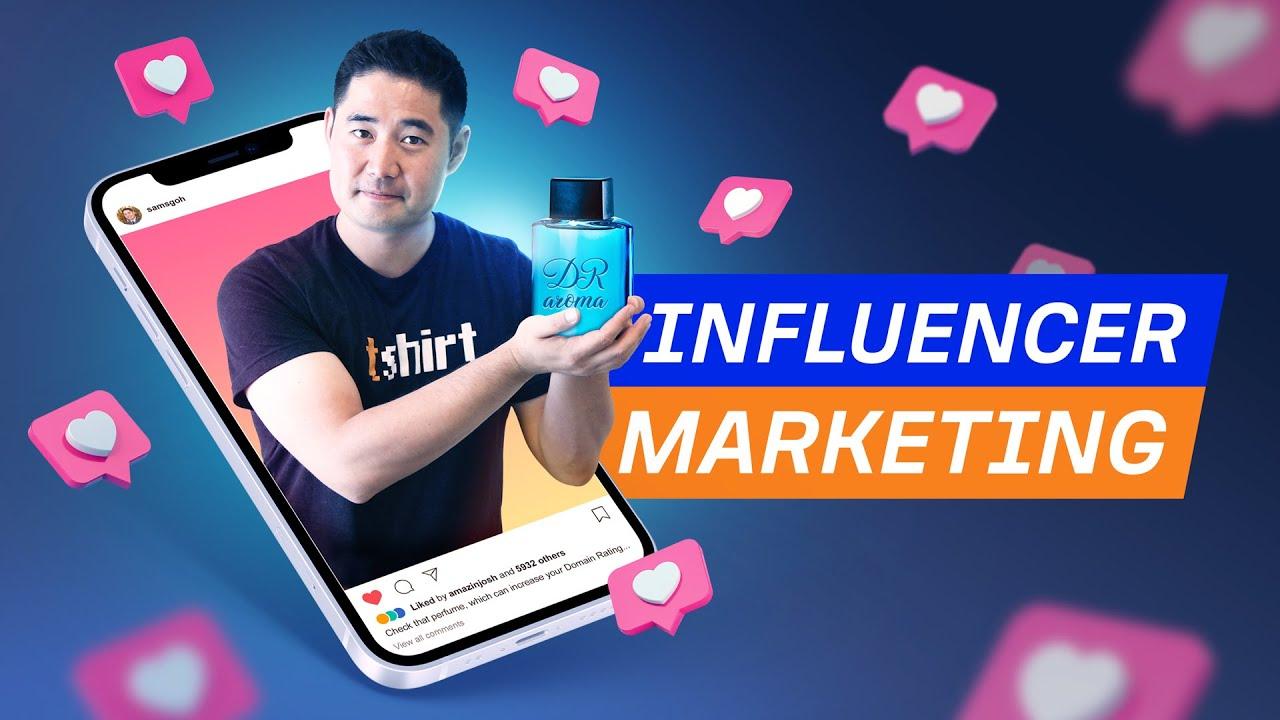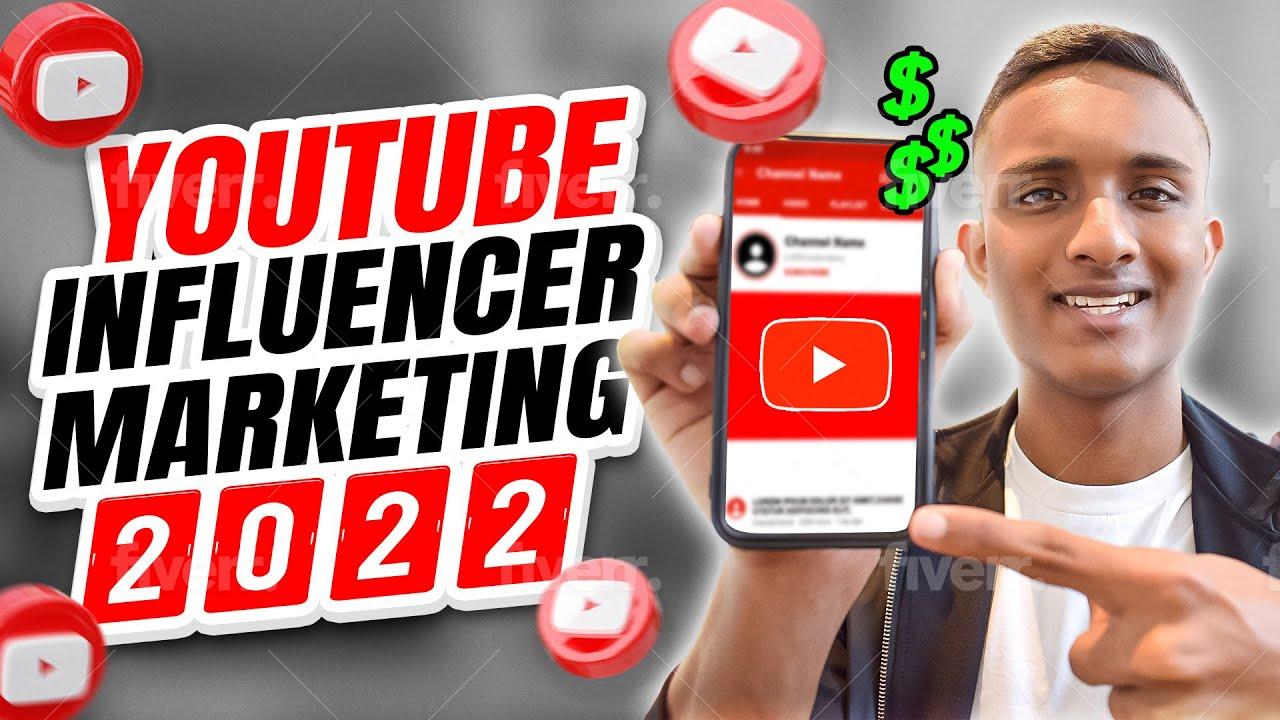
In the dynamic world of digital commerce, where the boundaries of traditional advertising continue to blur, YouTube influencers have emerged as powerful beacons of brand promotion. With millions of loyal followers hanging on their every word, these online personalities wield the remarkable ability to shape consumer perceptions and drive market trends.Though, the rapid rise of influencer marketing is not without its complexities—particularly when it comes to navigating the intricate web of legal considerations that govern this uncharted territory. In “Navigating the Law: YouTube Influencer Marketing Unveiled,” we delve into the multifaceted landscape of influencer partnerships, exploring the regulatory obligations, ethical dilemmas, and best practices that every content creator and brand must consider. Join us as we unpack the critical legal frameworks that underpin this vibrant sector and offer guidance for both seasoned influencers and brands seeking to harness the full potential of digital storytelling.
Understanding the Legal Landscape of Influencer Marketing on YouTube
Influencer marketing on YouTube has surged in popularity, becoming an integral part of digital marketing strategies. However, as this trend has grown, so has the attention from regulatory bodies who aim to establish guidelines ensuring clarity and integrity in advertising practices. Creators and brands must navigate a complex web of legal requirements, including the Federal Trade commission (FTC) regulations. These regulations mandate that influencers clearly disclose any sponsorships or partnerships. failure to comply can lead to hefty fines and damage to reputation, emphasizing the importance of understanding these legal frameworks.
Additionally, beyond FTC regulations, YouTube has its own set of community guidelines and policies that must be adhered to when engaging in influencer marketing. Key considerations include:
- Adhering to age restrictions based on content type
- Understanding copyright issues related to the use of music or video clips
- Recognizing international laws if marketing to a global audience
Marketers also risk infringing on intellectual property rights if they fail to obtain necesary permissions. a thorough comprehension of both local and platform-specific laws is essential for both influencers and brands to operate within a lawful and ethical digital environment.

Navigating FTC Guidelines: Best Practices for YouTube Creators
Compliance with FTC guidelines is crucial for YouTube creators engaging in influencer marketing. Being transparent about sponsorships not only builds trust with your audience but also ensures that you follow legal standards. To maintain clarity, consider the following best practices:
- Disclose Sponsorships Clearly: Use terms such as “Sponsored by” or “Paid partnership” prominently in your video description and within the video itself.
- Educate Your Audience: Inform your viewers about the importance of these disclosures, highlighting that it promotes authenticity.
- Consistent Messaging: Make sure every sponsored video includes a disclosure to avoid confusion among your audience.
Keeping track of the various types of content and their respective disclosure requirements can be overwhelming. Below is a simple guide to help you identify disclosure needs across different scenarios:
| Content Type | Disclosure Requirement |
|---|---|
| Sponsored video | must disclose at the beginning and in the description |
| Affiliate links | Must indicate that the links are affiliate links |
| Product reviews | Disclose if the product was received for free |

Content Ownership and copyright: Protecting Your brand and Intellectual Property
In the fast-paced world of youtube influencer marketing, understanding content ownership and copyright is essential for both brands and creators. Establishing clear agreements about who owns the content produced can prevent misunderstandings and potential legal battles down the road. When collaborating with influencers, it’s crucial to specify ownership rights right from the outset. Consider including in your agreements the following key points:
- Content Usage Rights: Who can use the videos, images, and other materials?
- Attribution Requirements: Does the influencer need to credit your brand in their posts?
- Licensing Period: How long do you have rights to the content?
- Exclusivity Clauses: Are there any restrictions on the influencer working with competitors?
Moreover, it’s vital to acknowledge that copyright is automatically granted to the creator of the content unless or else agreed upon in writing. This means that both brands and influencers must tread carefully when sharing, remixing, or repurposing content. Striking the right balance between collaboration and protection is key. To facilitate understanding, consider the table below that highlights the differences between TikTok and YouTube concerning content ownership:
| Platform | Content Ownership | Control Over Use |
|---|---|---|
| YouTube | Creators own their content, brands can negotiate usage rights. | Brands have more control when content is sponsored. |
| TikTok | Creators retain ownership; however, users can freely use videos unless specified otherwise. | Less control, as content can spread virally and outside the original context. |

Building trust: Transparency and Authenticity in Influencer Partnerships
in today’s digital landscape, the foundation of successful influencer partnerships lies in establishing a solid rapport with audiences through genuine interactions. Transparency has become a buzzword among brands and influencers alike, signaling a shift towards honesty in advertising. Consumers are increasingly wary of curated marketing messages, desiring authenticity. By openly sharing both sponsored content and the motivations behind it, influencers can cultivate a trust-based relationship with their viewers. this not only enhances audience loyalty but also boosts conversion rates, as followers are more likely to engage with content that resonates with their values.
To achieve this,influencers must disclose their partnerships clearly and creatively. Here are some effective strategies to maintain transparency:
- Clear labels: Use straightforward language to indicate sponsored posts or collaborations.
- Behind-the-Scenes Content: Share insights into the partnership process to demystify influencer marketing.
- Honest Reviews: Provide balanced opinions on products, including both pros and cons.
Building authentic connections not only fosters a sense of community but also aligns the brand’s message with genuine representation. Below is a brief overview of how different disclosure methods impact audience perception:
| Disclosure Method | Audience Reaction |
|---|---|
| Hashtag (#ad) | Recognized and accepted as standard practice |
| Dedicated YouTube videos | Viewed as more trustworthy and informative |
| Printed Disclaimers | Sometimes overlooked but improves perception when paired with personalization |
Key Takeaways
As we conclude our exploration of “Navigating the Law: YouTube Influencer Marketing unveiled,” it becomes clear that the landscape of digital influence is both vibrant and intricate. The intersection of creativity and compliance requires an astute understanding of legal guidelines, ensuring that both influencers and brands can forge authentic connections with audiences while honoring their responsibilities.
As the demands of the digital sphere continue to evolve, staying informed about the laws governing influencer marketing will not only protect creators but also build trust with their followers. By embracing transparency, navigating potential pitfalls, and advocating for ethical practices, influencers and marketers can thrive in this dynamic environment.
As you step into this world of endless possibilities,remember: informed influence is powerful influence. Keep your finger on the pulse of legal changes,and let your creativity shine without compromising integrity.The journey ahead is as exciting as it is challenging, and equipped with knowledge, you can navigate it with confidence.